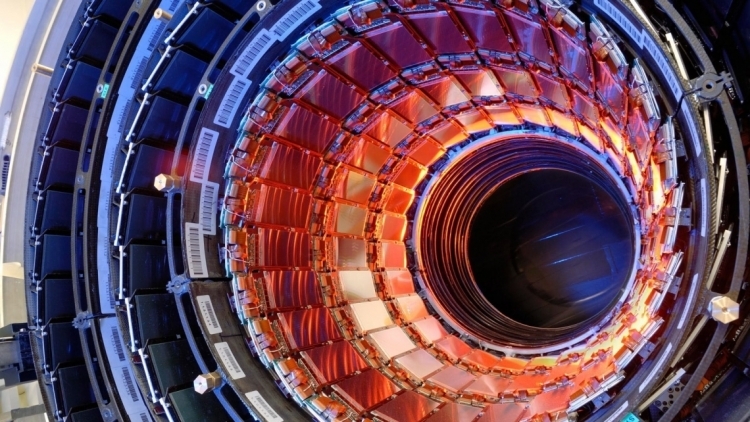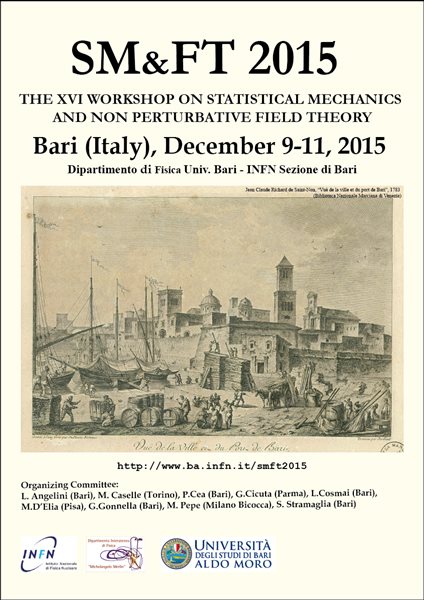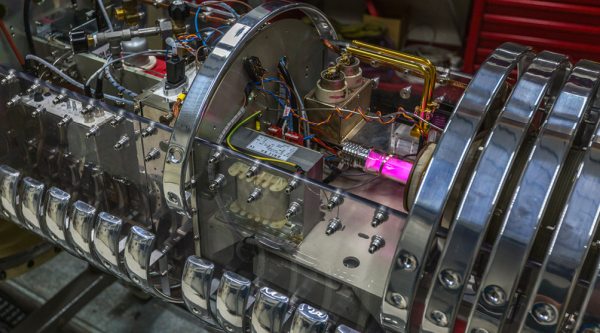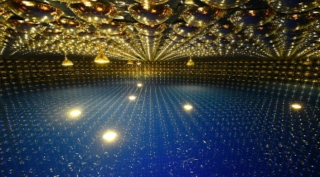Eng
LUNA and the story of the birth of the Universe
Experiment LUNA conducted deep beneath the Gran Sasso mountain have provided the most precise measurements yet of a fundamental nuclear reaction that occurred seconds after the Big Bang.
In article on Nature, Mossa et al., report meaurements that permit us to better understand the BBN and to precisely measure tha amount of ordinary matter in cosmos and potentially deepening the knowledge ofthe Early Universe.
LUNA is an international collaboration where Bari group covered a fundamental role in this actvities.
The Discreet Charm of the X(3872)

The CMS Collaboration announced the first observation of a new way the B0s meson – a particle combining the beauty quark (b) and the strange quark (s) – can disintegrate. The observation involves two other particles, the well-known ϕ meson, which consists of a strange quark and its antiquark, and a mysterious particle called X(3872), which was first discovered only in this century (2003).
DOE-INFN BARI Summer Students Exchange Programme
2020 Edition
The US Department of Energy (DOE) and the Istituto Nazionale di Fisica Nucleare of Italy (INFN) announce the 2020 edition of the Summer Exchange Program dedicated to promote the exchange of students in science between the two countries.
The Laboratory for Underground Nuclear Astrophysics (LUNA) is a nuclear astrophysics experiment running at the INFN Gran Sasso National Laboratories (LNGS).
Aim of the experiment is the direct measurement of the cross sections regarding the fundamental thermonuclear fusion reactions for stellar nucleosyinthesis (below or near the Gamow peak, at a few tens of keV).
The experiment is located deep underground to reduce of few orders of magnitude the environmental background due to the contributions of the cosmic radiation.
To achieve this purpose, two high current electrostatic accelerators have been installed in the LNGS: first a 50 kV machine (LUNA I, 1992-2001) and then a 400 kV machine (LUNA II, 2000 - today). Two different beam lines are devoted to solid and gas target experiments, respectively, both equipped with high energy resolution and high efficiency radiation detectors.
The future of LUNA involves the installation of a new higher voltage machine, in the MV range. A new 3.5 MV accelerator providing high intensity hydrogen, helium and carbon beams will be devoted to the study of nuclear reactions that take place at higher temperatures.
SM&FT 2015 Computational approaches in Quantum Field Theory, Statistical Mechanics and Complex Systems

The XVI workshop on Statistical Mechanics and non Perturbative Field Theory will be held in Bari from 9 to 11 December, 2015.
This workshop is part of a series of workshops whose first edition was in 1988.
Page 1 of 2







